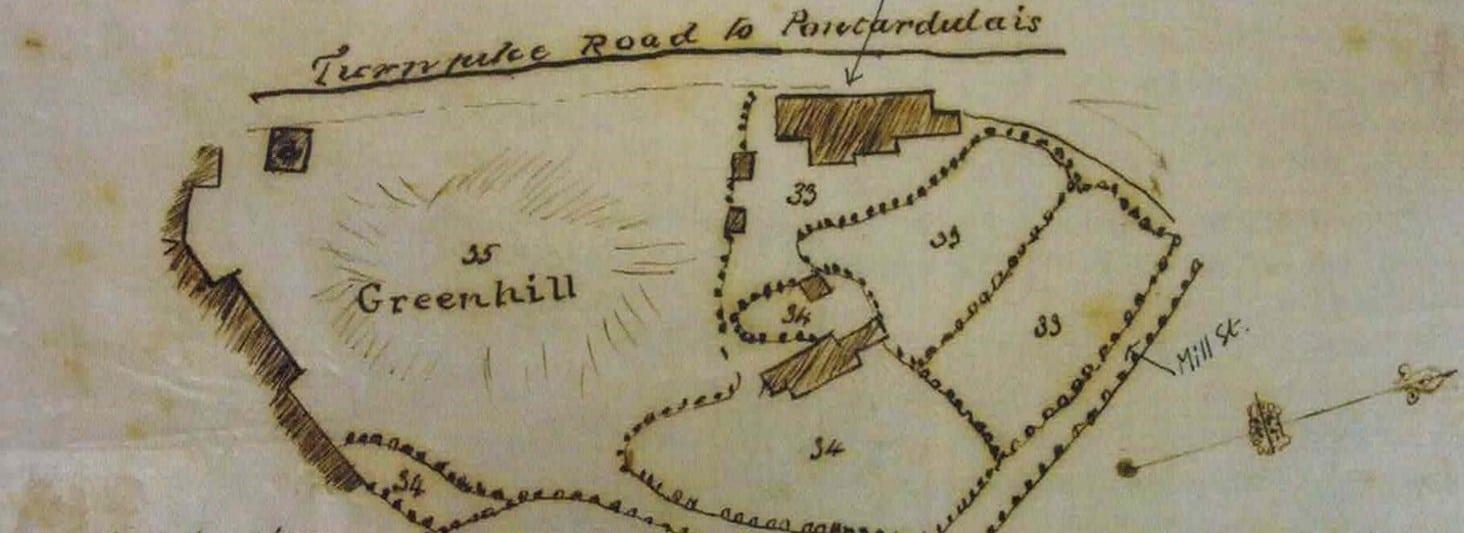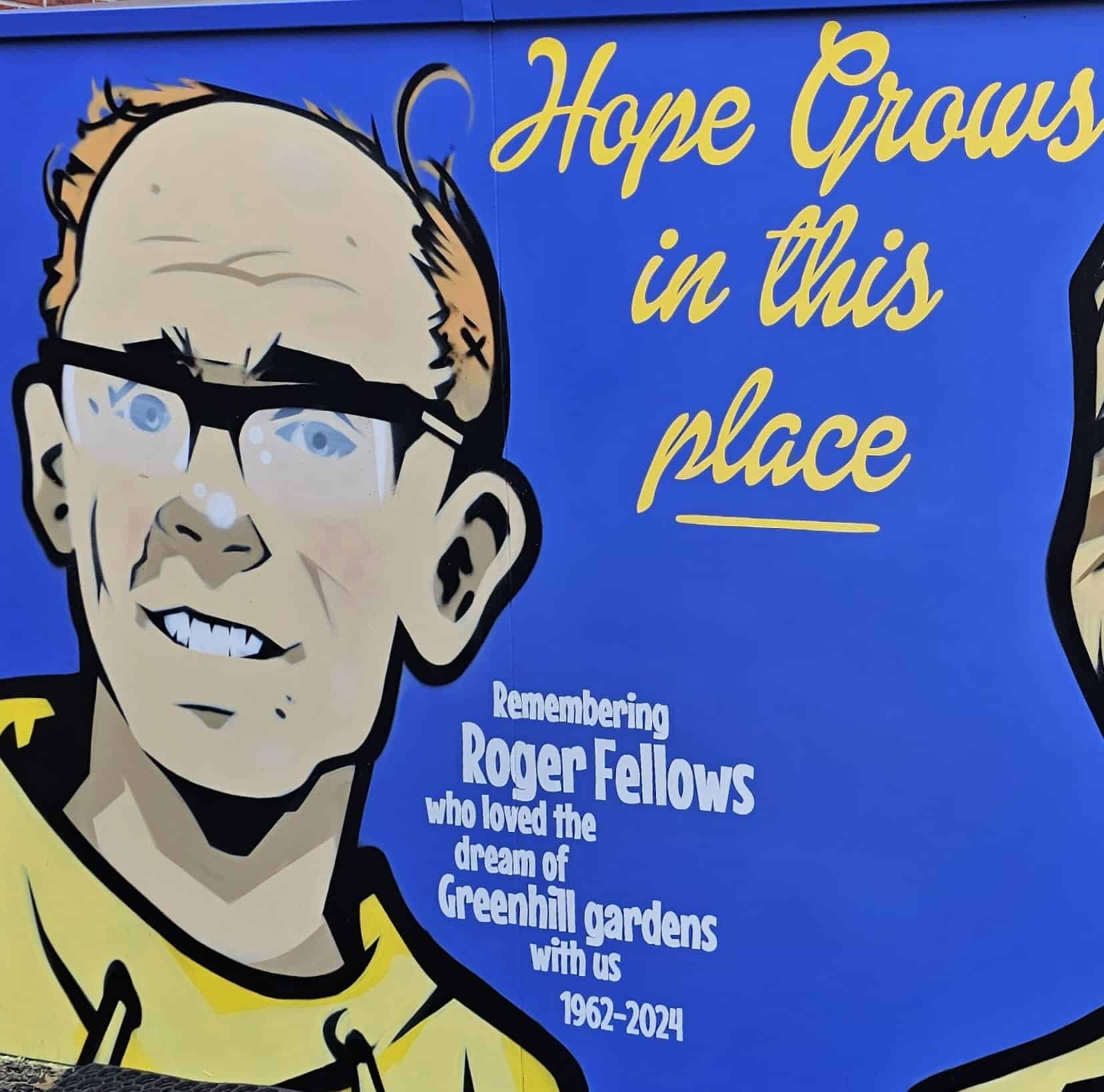Message of Thanks and Dedication
We extend our heartfelt thanks to all our funders, including the National Heritage Lottery, Moondance foundation, WCVA Landfill communities trust, Girls Guild & Hostel, Postcode Lottery Fund, Nationwide whose generous support has made possible this heritage trail and the transformation of St Matthew’s Church Graveyard into Greenhill Gardens. This project is a public expression of the hope we wish to embed in this community—a community that has endured much pain and difficult moments yet continues to show remarkable resilience and strength.
Greenhill Gardens stands as a symbol of renewal and hope, a place where the memories of the past are honoured and the promise of a brighter future is nurtured. The Hill Church Charity and Matthew’s House are deeply committed to this community, working tirelessly to provide support and create a space where everyone can find solace and inspiration.
Thank you for joining us on this heritage trail. We invite you to support Matthew’s House in preserving Greenhill Gardens and continuing the vital work it does to offer hope and support to those in need. There are many ways you can get involved:
- Volunteer: Your time and skills can make a significant difference. Whether it’s helping in the café, assisting with events, or providing one-to-one support, your contribution is invaluable. Learn more and apply to volunteer here.
- Donate: Financial contributions help us to maintain and expand our services. Every donation, no matter the size, helps us to continue our mission. You can make a one-time or recurring donation here.
- Fundraise: Organise events or activities to raise funds for Matthew’s House. Your creativity and effort can help us reach more people in need. Find out how to start a fundraiser here.
- Spread the Word: Share our story and mission with your friends, family, and social networks. Awareness is key to building a supportive community. Follow us on social media and share our posts to help spread the word.
For more information on how to get involved, please visit: Matthew’s House – Get Involved.
Together, we can preserve the legacy of Greenhill Gardens and continue to provide hope and support to this incredible community. Thank you for your support and dedication.
Dedication
This project and booklet are lovingly dedicated to two incredible Rogers, both of whom have poured love, care, and vision into this place we call home.
To Roger Fellows, a founding part of Matthew’s House, a leadership member, and trustee whose heart was full of compassion, kindness, and quiet strength.
Roger carried the dream of Greenhill Gardens long before the ground was ever touched. He believed in it — and in us — and gave his energy, voice, and passion to help make it happen. His deep hope, gentle soul, and servant heart helped shape our values in ways not many could match. He tragically passed on July 4th, 2024, but we carry his legacy every step of this journey. One of his little side projects was called “Hope Grows” — and it truly does.
And to Roger the Gardener, our beloved, green-fingered warrior who has cared for these grounds faithfully for decades. A true steward of the earth, a gentle soul, and a vital part of our volunteer family. His heart is rooted here — and now he has a snazzy new maintenance area, where he can pause, breathe, and take in all he’s helped create.
We honour both Rogers.
This garden grows because of you. 🌱
In our maintenance hub of Greenhill Gardens you will be able to find a mural dedication to the two beautiful souls that we will continue to love and remember.
Further Reading on Greenhill
For those interested in learning more about the rich history and character of Greenhill, there are several books available—some can be purchased online, and all are available to read at Swansea Central Library in the Civic Centre.
- Brian Aherne, My Greenhill Far Away (2002) – A personal and heartfelt account filled with memories of the area. Aherne also wrote a second book, continuing his reflections on Greenhill life.
- Rob Sheffield, Pieces of Us (2023) – A recent and thoughtful contribution. Rob is approachable and knowledgeable and invited us to be part of his book; part of a great journey.
- Georgina Stockhard, The Greenhill of My Mother’s Childhood (1990) – A partially fictionalised but vivid depiction of Greenhill in earlier times.
- Norman Lewis Thomas, The Story of Swansea’s Districts & Villages (circa 1964), pp. 131–150 – A historical overview with a useful section on Greenhill. (Note: He published two books with the same title, so check both if you’re researching.)
Please note that these works reflect Greenhill as it’s commonly understood today, shaped by memory and local tradition.





